Nebulae
A NEBULAE IS A CLOUD OF DUST AND GAS inside the galaxy. or if the cloud reflects starlight or obscures the light from more distant objects.
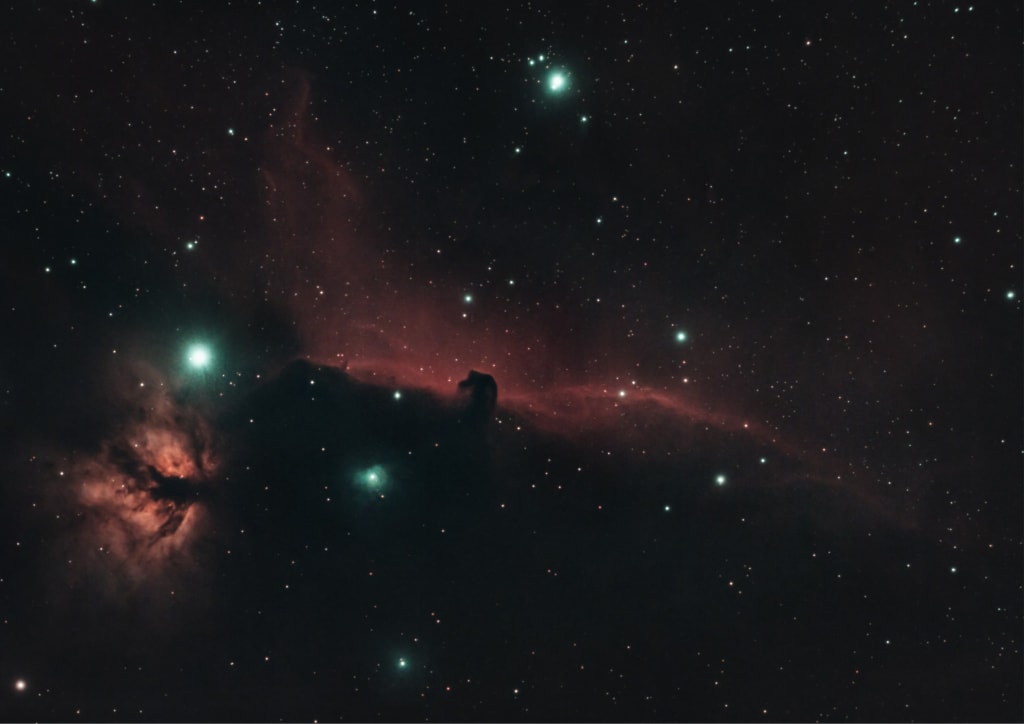
Nebulae
Nebulae are one of the most fascinating and beautiful objects in the universe. These vast clouds of gas and dust are the birthplace of stars and planets, and they are also some of the most stunning objects in the night sky. In this article, we will explore what nebulae are, how they form, and some of the most famous nebulae in the universe.
What is a Nebulae?
A nebula is a cloud of interstellar gas and dust that is spread out over a large area. These clouds can vary in size, shape, and composition, but they all have one thing in common: they are the birthplace of stars. In fact, the word "nebula" comes from the Latin word for "cloud."
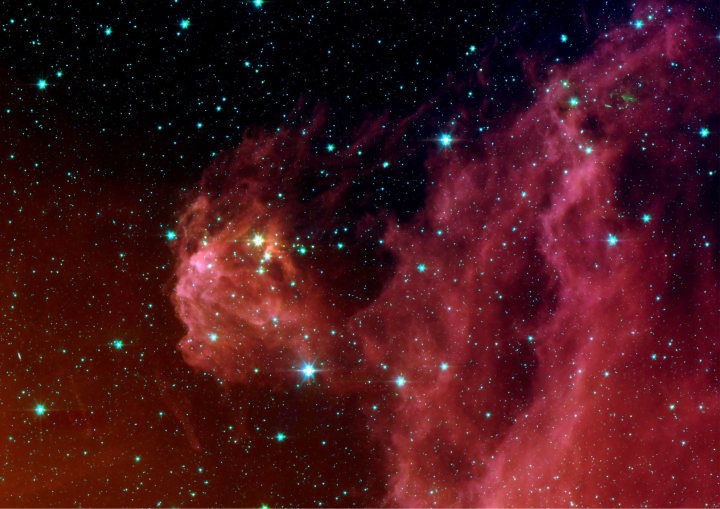
Nebulae can be found throughout the galaxy, and they come in a variety of shapes and sizes. Some are dark and opaque, while others are brightly lit by the stars that are forming within them. Some nebulae are small and compact, while others are vast and sprawling. They are classified based on their shape and composition, and there are several different types of nebulae.
As the temperature in the center of the cloud rises, it will eventually become hot enough to ignite nuclear fusion, which is the process that powers stars. Once a star has formed within a nebula, it will continue to ionize the gas around it, creating an emission nebula.
Over time, the new star or stars within the nebula will begin to push the gas and dust away from them, creating a cavity within the cloud. This cavity will continue to expand as the star or stars within it grow and age. Eventually, the nebula will disperse entirely, leaving behind a cluster of stars.
How do Nebulae Form?
Nebulae are formed from the debris of dying stars. When a star reaches the end of its life, it will either explode in a supernova or shed its outer layers to form a planetary nebula. The gas and dust that is ejected by the dying star will then begin to spread out and form a cloud. This cloud will then begin to collapse under its own gravity, eventually forming a new star or star.
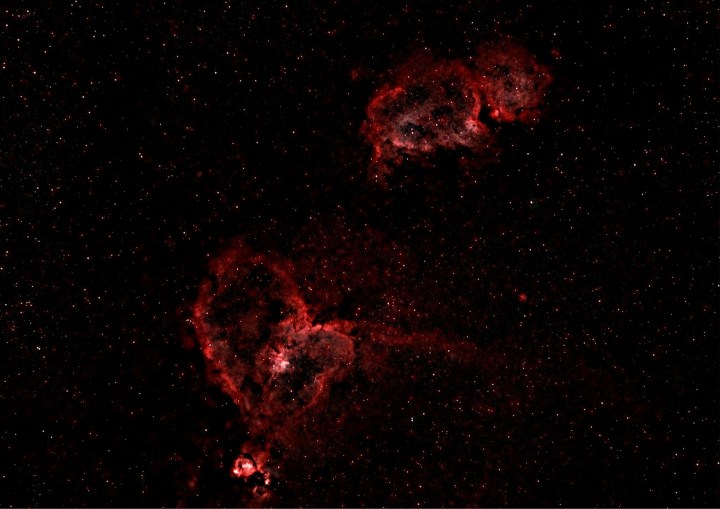
The process of star formation within a nebula is complex and can take millions of years. As the cloud of gas and dust collapses, it will begin to heat up due to the pressure and gravitational forces at work.
Types of Nebulae:
There are several different types of nebulae, each with its own unique characteristics. Here are some of the most common types of nebulae:
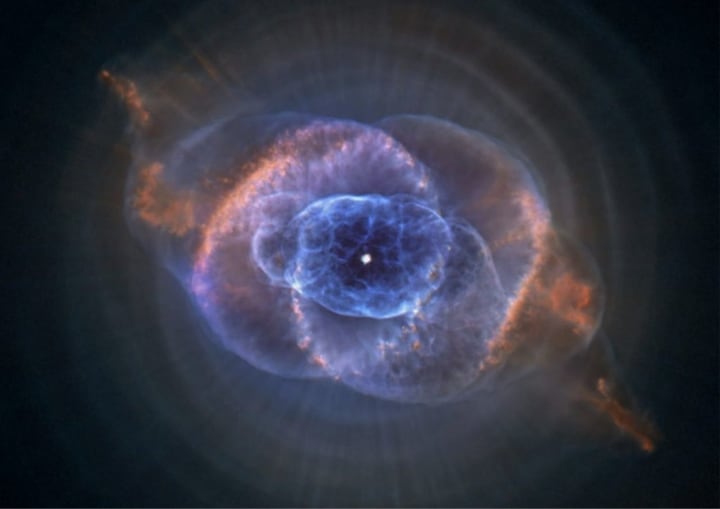
1. Emission Nebulae:
Emission nebulae are the most commonly known type of nebula. They are clouds of gas and dust that are ionized by the radiation of nearby stars, causing them to emit light. The light emitted by these nebulae can be seen as a bright, colorful glow. The most famous example of an emission nebula is the Orion Nebula.
2. Reflection Nebulae:
Reflection nebulae are similar to emission nebulae in that they are clouds of gas and dust. However, they are not ionized by nearby stars, and instead reflect the light of nearby stars. The light that is reflected off of these nebulae is often blue in color, which is why they are sometimes referred to as "blue nebulae." The most famous example of a reflection nebula is the Pleiades.
3. Dark Nebulae:
Dark nebulae are clouds of gas and dust that are so dense that they block the light of stars behind them. They are often referred to as "absorption nebulae" because they absorb the light of stars behind them. These nebulae are often seen as dark patches against the backdrop of the Milky Way. The most famous example of a dark nebula is the Horsehead Nebula.
4. Planetary Nebulae:
Planetary nebulae are formed when a star reaches the end of its life and expels its outer layers into space. These clouds of gas and dust are often spherical in shape and are illuminated by the dying star at their center. Despite their name, planetary nebulae have nothing to do with planets. The most famous example of a planetary nebula is the Ring Nebula.
Famous Nebulae:
There are several famous nebulae that have captured the imagination of astronomers and stargazers alike. Here are a few of the most famous nebulae:
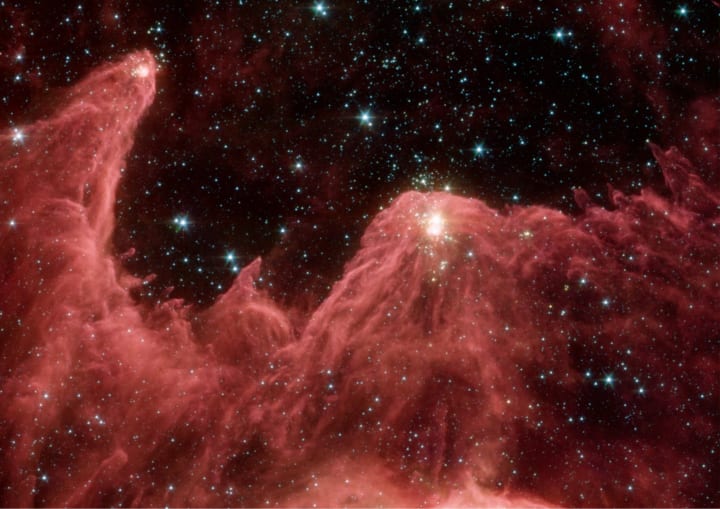
The Orion Nebula:
The Orion Nebula is one of the most famous nebulae in the night sky. It is an emission nebula located in the constellation Orion, and it is visible to the naked eye as a fuzzy patch of light. The Orion Nebula is one of the closest and most active star-forming regions in our galaxy, with over 1,700 stars having been identified within it.
The Eagle Nebula:
The Eagle Nebula is another famous emission nebula located in the constellation Serpens. It is also known as the "Pillars of Creation," due to the distinctive pillars of gas and dust that are visible within the nebula. The Eagle Nebula is a hotbed of star formation, with several new stars having been discovered within it in recent years.
The Crab Nebula:
The Crab Nebula is a supernova remnant located in the constellation Taurus. It was formed when a massive star exploded in a supernova nearly 1,000 years ago. The Crab Nebula is one of the most studied objects in the sky, and it has provided scientists with valuable insights into the processes of stellar evolution and the properties of the interstellar medium.
The Helix Nebula:
The Helix Nebula is a planetary nebula located in the constellation Aquarius. It is notable for its unique shape, which resembles a giant eye. The Helix Nebula is one of the closest planetary nebulae to Earth, and it has been extensively studied by astronomers in order to better understand the processes of stellar evolution.
Conclusion:
Nebulae are some of the most beautiful and intriguing objects in the universe. They are the birthplace of stars and planets, and they provide valuable insights into the processes of stellar evolution and the properties of the interstellar medium. Whether you are an amateur astronomer or a seasoned professional, exploring the wonders of the universe through the study of nebulae is an exciting and rewarding experience.
About the Creator
Gokila
She is an astrophile, introvert,
loves to read books all day long,
addicts in healthy lifestyle
and having curiosity to know about new things.
Life Is As Beautiful As You Make It. Contentment Is The Key To Happiness. Peace Be Upon The Saviour.
Enjoyed the story? Support the Creator.
Subscribe for free to receive all their stories in your feed. You could also pledge your support or give them a one-off tip, letting them know you appreciate their work.


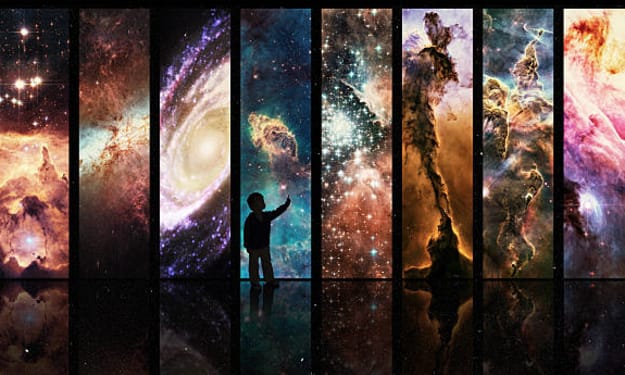



Comments
There are no comments for this story
Be the first to respond and start the conversation.